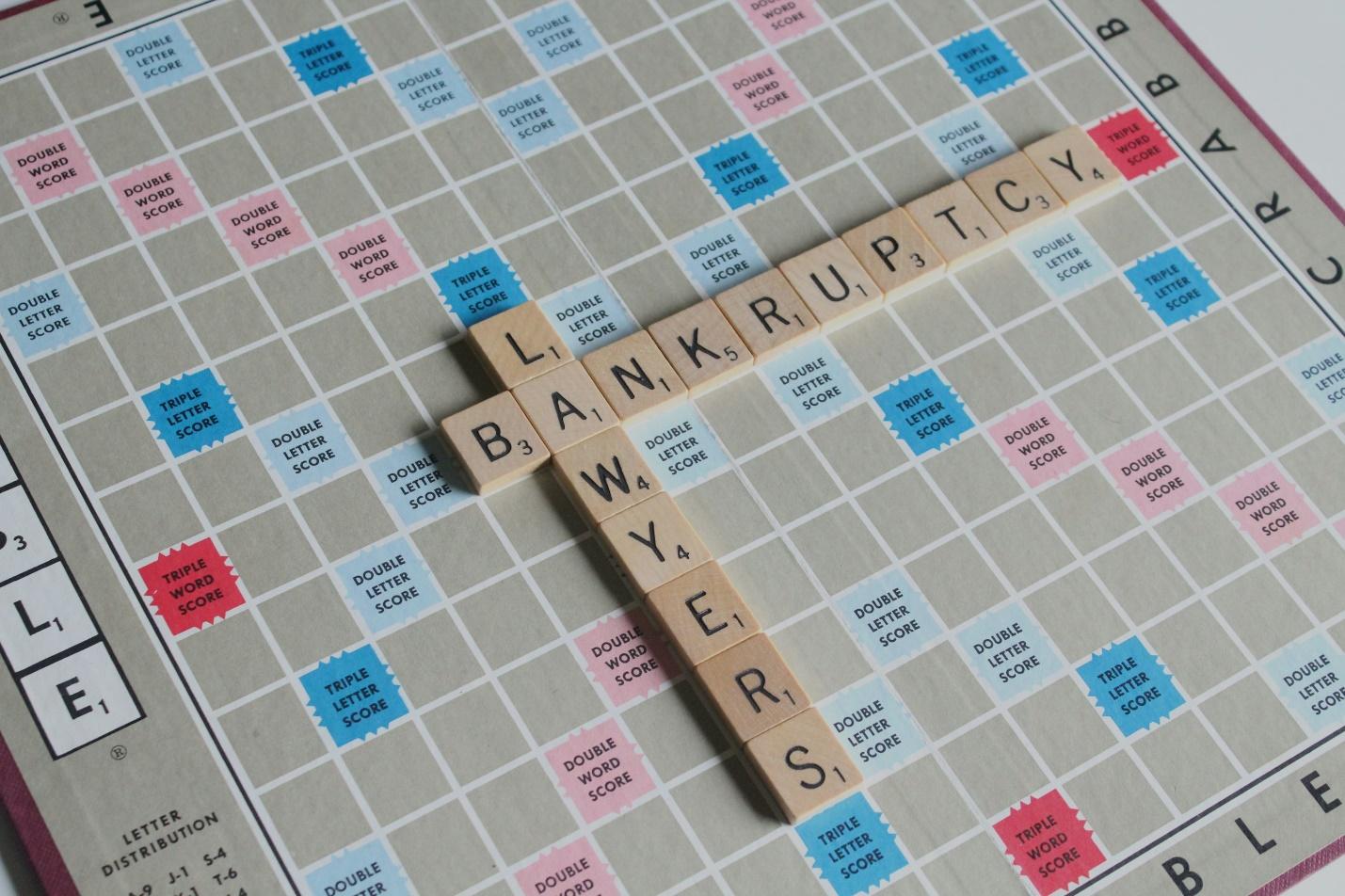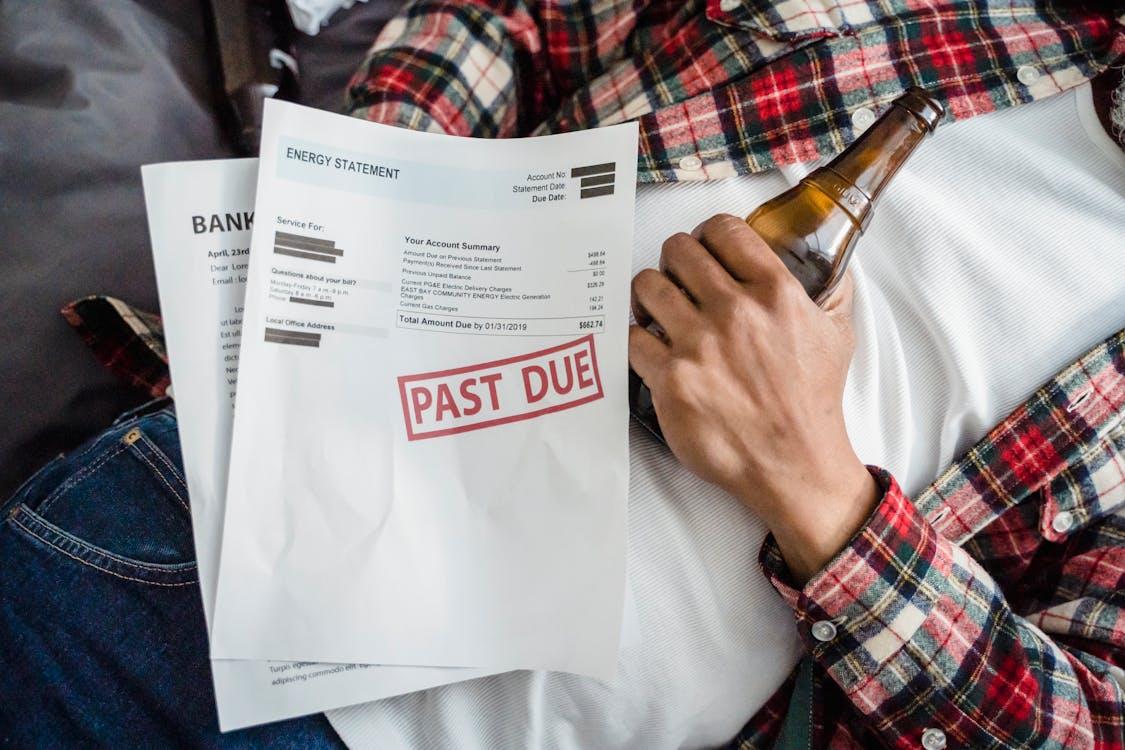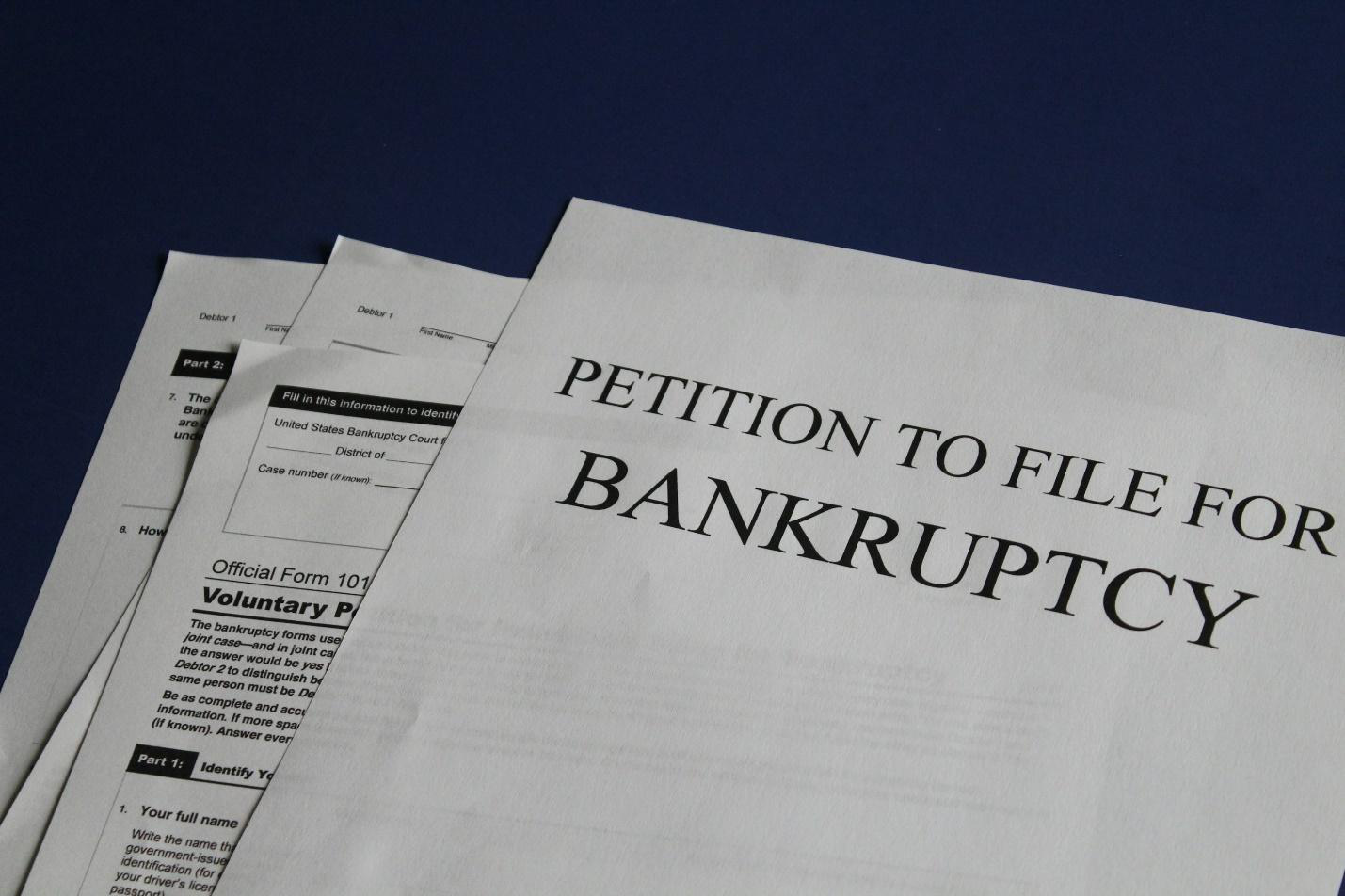What happens when monthly bills keep piling up, and there is simply not enough income to cover them? For millions of Americans, this question is a reality. Nearly 46% of adults carry credit card balances month to month, and a significant portion struggle to pay them down. Debt can quickly escalate when combined with medical expenses, job loss, or unexpected financial emergencies. This is where debt relief becomes a practical and sometimes necessary solution.
For residents who are considering how to deal with debt, understanding their options is essential. Whether through debt settlement, Chapter 7 bankruptcy, or Chapter 13 bankruptcy, there are lawful, structured ways to regain control over finances.
This article will explain how these options work in practice, the pros and cons of each, and what individuals can expect from the process. It will also discuss the legal protections that come into play when creditors attempt to collect debts.
What Is Debt Relief and Why It Matters
Debt relief refers to strategies and legal processes designed to reduce, restructure, or eliminate debt. The goal is to allow an individual to achieve a more manageable financial situation, either by paying less than what is owed, reorganizing payments, or discharging certain debts entirely. It is not a one-size-fits-all solution—each option carries specific requirements, benefits, and long-term implications.
When debt is no longer manageable, seeking professional guidance is often the best step forward. Debt relief options must be approached carefully, as each decision affects credit, future borrowing ability, and overall financial stability. Understanding these consequences before taking action ensures that individuals choose the right approach for their unique situation.
Debt Settlement: Negotiating with Creditors
Debt settlement is one of the most common methods of addressing unsecured debts such as credit cards, medical bills, and personal loans. The process involves negotiating with creditors to accept a lump-sum payment that is less than the total owed.
How Debt Settlement Works
- Assessment of Debts:The first step is to gather all account statements and determine which debts are eligible for settlement. Generally, secured debts like mortgages or car loans are not part of settlement programs.
- Negotiation:Either the debtor or a representative contacts creditors to offer a reduced payment amount. Creditors may agree if they believe the alternative is nonpayment or bankruptcy.
- Payment:Once an agreement is reached, the debtor makes the agreed-upon payment, usually in a lump sum.
Advantages of Debt Settlement
- Reduces the total amount owed.
- Provides a faster resolution compared to making minimum payments.
- Avoids a formal court process.
Potential Drawbacks
- Settled accounts may appear on credit reports as “settled for less than the full balance,” which can negatively impact credit scores.
- There may be tax consequences since forgiven debt can be treated as taxable income.
- Creditors are not required to accept a settlement offer.
Debt settlement can be a practical solution for individuals with access to a lump sum of money who want to resolve debts quickly without filing bankruptcy.
Chapter 7 Bankruptcy: A Fresh Start

Chapter 7 bankruptcy, sometimes referred to as “liquidation bankruptcy,” is one of the most common forms of consumer bankruptcy because it offers a relatively quick and powerful way to wipe out unsecured debt. For individuals who are overwhelmed by credit cards, personal loans, or medical bills and have few assets, Chapter 7 can provide a path to a clean financial slate.
How Chapter 7 Works
Eligibility and the Means Test:
To qualify, debtors must pass the means test, which compares household income over the past six months to the state median for a similar household size. If your income is below the median, you typically qualify automatically. If it is above, you may still qualify by showing that allowed expenses and secured debt payments leave you with little disposable income.
Filing the Petition:
Once eligibility is determined, the debtor files a bankruptcy petition and schedules with the court, listing all assets, liabilities, income, expenses, and recent financial transactions. Accuracy is essential because the court uses this information to determine what debts can be discharged and what property may be protected.
Automatic Stay Protection:
As soon as the petition is filed, the automatic stay goes into effect, stopping nearly all collection activity. This means no more creditor calls, lawsuits, or repossession efforts while the case is pending.
Trustee Review and Meeting of Creditors:
A court-appointed bankruptcy trustee reviews the case and may hold a brief “341 meeting of creditors,” where creditors can ask questions about the debtor’s finances (though they rarely attend). The trustee determines whether there are nonexempt assets that can be sold to pay creditors.
Discharge of Debt:
In most cases, there are no nonexempt assets to liquidate, and the process moves quickly toward a discharge order, which permanently eliminates most unsecured debts.
Benefits of Chapter 7
- Quick Resolution:Most cases are completed in four to six months, giving debtors a fast financial reset.
- Stops Collection Harassment:The automatic stay stops harassing calls and legal actions immediately.
- Powerful Debt Relief:Most unsecured debts, including credit card balances, payday loans, and medical bills, are completely wiped out.
Considerations and Limitations
- Not All Debts Are Dischargeable:Student loans, recent tax debts, alimony, and child support typically survive bankruptcy.
- Asset Loss Risk:Nonexempt property can be sold, though many debtors keep most or all of their assets thanks to Texas’s generous exemption laws.
- Credit Impact:A Chapter 7 filing stays on a credit report for 10 years, which can make it harder to obtain credit in the short term, though many debtors start rebuilding credit soon after discharge.
Chapter 7 is generally best suited for people with low income, few assets, and mostly unsecured debt, who want a quick and final resolution.
Chapter 13 Bankruptcy: Structured Repayment

Chapter 13 bankruptcy is better understood as a court-supervised repayment plan rather than a liquidation process. It’s designed for people who have regular income and valuable assets they want to protect, such as a home or car, but who need time to catch up on missed payments.
How Chapter 13 Works
Proposing a Repayment Plan:
The debtor and their attorney draft a repayment plan that outlines how creditors will be repaid over three to five years. The plan takes into account income, necessary living expenses, and the value of secured debts like mortgages and car loans.
Court Review and Approval:
The bankruptcy court reviews the plan to ensure it complies with bankruptcy law and is feasible based on the debtor’s income. If approved, the plan becomes legally binding on all creditors.
Making Payments:
The debtor sends monthly payments to a court-appointed trustee, who then distributes the funds to creditors according to the plan. This structured process allows debtors to catch up on arrears while staying protected under the automatic stay.
Debt Discharge at Completion:
After completing all payments, the court issues a discharge order for any remaining eligible unsecured debts.
Benefits of Chapter 13
- Asset Protection:Debtors can keep property — including homes, vehicles, and other valuable assets — while repaying debts.
- Foreclosure & Repossession Protection:The process can stop foreclosure proceedings and give homeowners time to catch up on missed mortgage payments.
- Potential Debt Reductions:Certain secured debts may be crammed down to the current value of the collateral, reducing what must be repaid.
- Considerations
- Longer Commitment:Chapter 13 requires consistent monthly payments for three to five years, which demands strict budgeting.
- Income Requirement:Debtors must have enough regular income to cover both living expenses and plan payments.
- Credit Report Impact:The filing remains on a credit report for seven years, though this is shorter than Chapter 7.
Chapter 13 is an excellent option for individuals who are behind on secured debts but want to keep their property and have a reliable source of income to stay on track with payments.

Legal Protections from Creditors
Federal and state laws provide significant protections for those struggling with debt. One of the most powerful tools is the automatic stay that goes into effect upon filing for bankruptcy. This legal order stops most collection actions immediately.
Other protections include:
- Fair Debt Collection Practices Act (FDCPA):Restricts how and when debt collectors can contact individuals.
- Texas Property Exemptions:Protect a primary residence (homestead) and certain personal property from being seized to pay debts.
- Statutes of Limitation:Limit the time creditors have to sue for unpaid debts.
Understanding these protections helps debtors make informed decisions and avoid unlawful collection tactics.
Comparing Debt Relief Options
Choosing between debt settlement, Chapter 7, and Chapter 13 depends on multiple factors, including income, asset ownership, and long-term financial goals.
Key factors to consider include:
- Amount and type of debt.
- Eligibility for bankruptcy.
- Impact on credit reports and scores.
- Risk of losing assets.
- Timeframe for resolving debts.
A thoughtful review of these considerations helps individuals choose the option that best fits their needs.
The Importance of Professional Guidance
While information is available online, debt relief is a legal process that can have lasting consequences. Consulting a qualified professional ensures that the chosen path is both lawful and beneficial in the long run.
Professional guidance helps with:
- Determining eligibility for Chapter 7 or Chapter 13.
- Negotiating effectively with creditors.
- Preparing accurate paperwork for court filings.
- Protecting exempt assets.
Putting It All Together: A Practical Approach

Successfully resolving debt involves more than selecting an option; it requires a clear plan of action:
- Assess the Situation:Review all debts, income, and expenses.
- Learn About Options:Understand how debt settlement and bankruptcy work.
- Consult a Professional:Seek advice to choose the most suitable approach.
- Commit to the Process:Whether it is a lump-sum settlement or a repayment plan, follow through to completion.
- Focus on Financial Recovery:After resolution, rebuild credit gradually and develop better money management habits.
Ready to Take the First Step Toward Relief?
Is debt stress keeping you awake at night and affecting your daily life? There are lawful ways to resolve debt and start fresh. The Law Office of Joel Gonzalez offers experienced guidance for those considering Chapter 7 or Chapter 13 bankruptcy or other debt relief strategies. As a dedicated debt relief attorney in Corpus Christi, Joel Gonzalez provides clear, straightforward legal advice to help clients understand their options and protect their assets.
Contact the office today to schedule a consultation and take control of your financial future with confidence.








